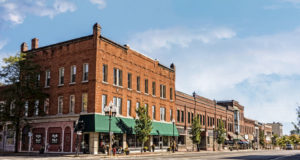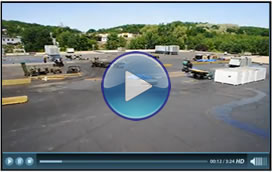Increasing The Longevity Of Your Historic Building
The main advantages of consolidating a building are the substantial reduction of seismic risk and the increase of its longevity. A historic building has a great architectural value, which must be preserved.
Consolidation works vary from one building to another, depending on age, damage, and materials from which it was built. Older buildings generally have a resistance structure made from load-bearing masonry, which means that the gravitational and seismic forces are taken over by the walls. As such, damage that occurs over time varies from cracks to crushed walls. The most common solution for such problems would be to consolidate the walls by covering them with reinforced concrete, on one or both sides.
However, in the case of historically important buildings, this consolidation method is not recommended because the shape, size and materials used in the original construction must be preserved. The consolidation of a historic building involves the restoration of the cracked wall, which leads to finding the best Connecticut masonry local expert, the injection of cracks and the insertion of mortar into the wall.
Before making the decision to consolidate and restore a historic building, you need to call on specialists to assess the construction and determine the best solutions. You also need to get the necessary permits.


















